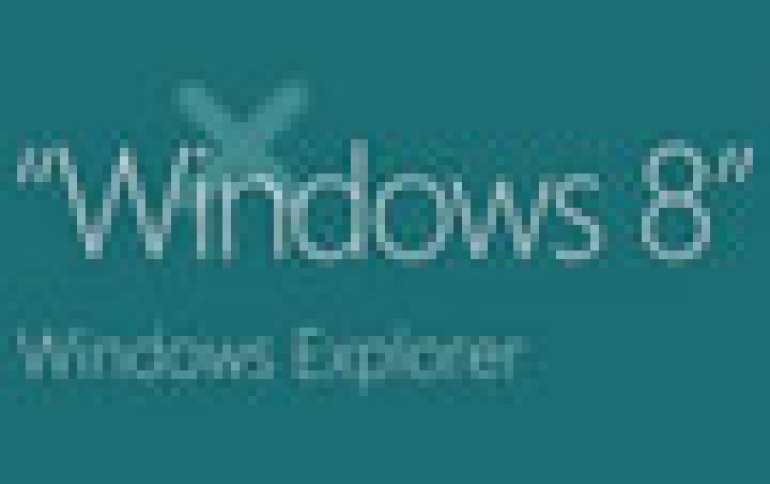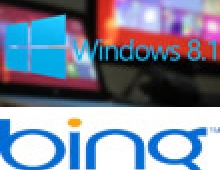
Windows 8 To Feature Both Metro and Desktop Style UI
Windows 8 OS will allows users to switch between a Metro style - optimized for tablets and touch - user interface and a more classical Windows 7 - style improved desktop.
"This is a balancing act. Having both of user interfaces together harmoniously is an important part of Windows 8," Steven Sinofsky wrote at the Windows 8 blog.
Until now, Microsoft has showed demos of Windows 8, which featured a new Metro experience - fast and fluid and app-centric. It offers control over a huge variety of new apps, which have new attributes that go well beyond the graphical styling. It is also one that works with mouse, trackpad, and keyboard:

However, hundreds of millions of people rely on the Windows 7 UI and existing Windows apps and devices every day.
"In this light, the role of the Windows desktop is clear. It powers the hundreds of thousands of existing apps that people rely on today, a vast array of business software, and provides a level of precision and control that is essential for certain tasks," Sinofsky added.
Microsoft has chosen to take the approach of building a design that truly affords users the best of the two worlds we see today.
"Our perspective rests on the foundation of the open PC architecture that has proven flexible and adaptable over many significant changes in hardware capabilities and software paradigms.
For all those users who see value in the desktop experience - in precise control, in powerful windowing and file management, in compatibility with existing programs and devices, in support of business software, those capabilities are right at their fingertips as well. They will be able to switch to it with ease because Windows is right there.
"Essentially, you can think of the Windows desktop as just another app," Sinofsky said.
"Our design goal was clear: If you want to, you can seamlessly switch between Metro style apps and the improved Windows desktop. Existing apps, devices, and tools all remain and are improved in Windows 8. On the other hand, if you prefer to immerse yourself in only Metro style apps (and platform) and the new user experience, you can do that as well," Sinofsky added.
Earlier today, Microsoft also disclosed that Windows 8 will natively support ISO and VHD files.
Until now, Microsoft has showed demos of Windows 8, which featured a new Metro experience - fast and fluid and app-centric. It offers control over a huge variety of new apps, which have new attributes that go well beyond the graphical styling. It is also one that works with mouse, trackpad, and keyboard:

However, hundreds of millions of people rely on the Windows 7 UI and existing Windows apps and devices every day.
"In this light, the role of the Windows desktop is clear. It powers the hundreds of thousands of existing apps that people rely on today, a vast array of business software, and provides a level of precision and control that is essential for certain tasks," Sinofsky added.
Microsoft has chosen to take the approach of building a design that truly affords users the best of the two worlds we see today.
"Our perspective rests on the foundation of the open PC architecture that has proven flexible and adaptable over many significant changes in hardware capabilities and software paradigms.
For all those users who see value in the desktop experience - in precise control, in powerful windowing and file management, in compatibility with existing programs and devices, in support of business software, those capabilities are right at their fingertips as well. They will be able to switch to it with ease because Windows is right there.
"Essentially, you can think of the Windows desktop as just another app," Sinofsky said.
"Our design goal was clear: If you want to, you can seamlessly switch between Metro style apps and the improved Windows desktop. Existing apps, devices, and tools all remain and are improved in Windows 8. On the other hand, if you prefer to immerse yourself in only Metro style apps (and platform) and the new user experience, you can do that as well," Sinofsky added.
Earlier today, Microsoft also disclosed that Windows 8 will natively support ISO and VHD files.



















